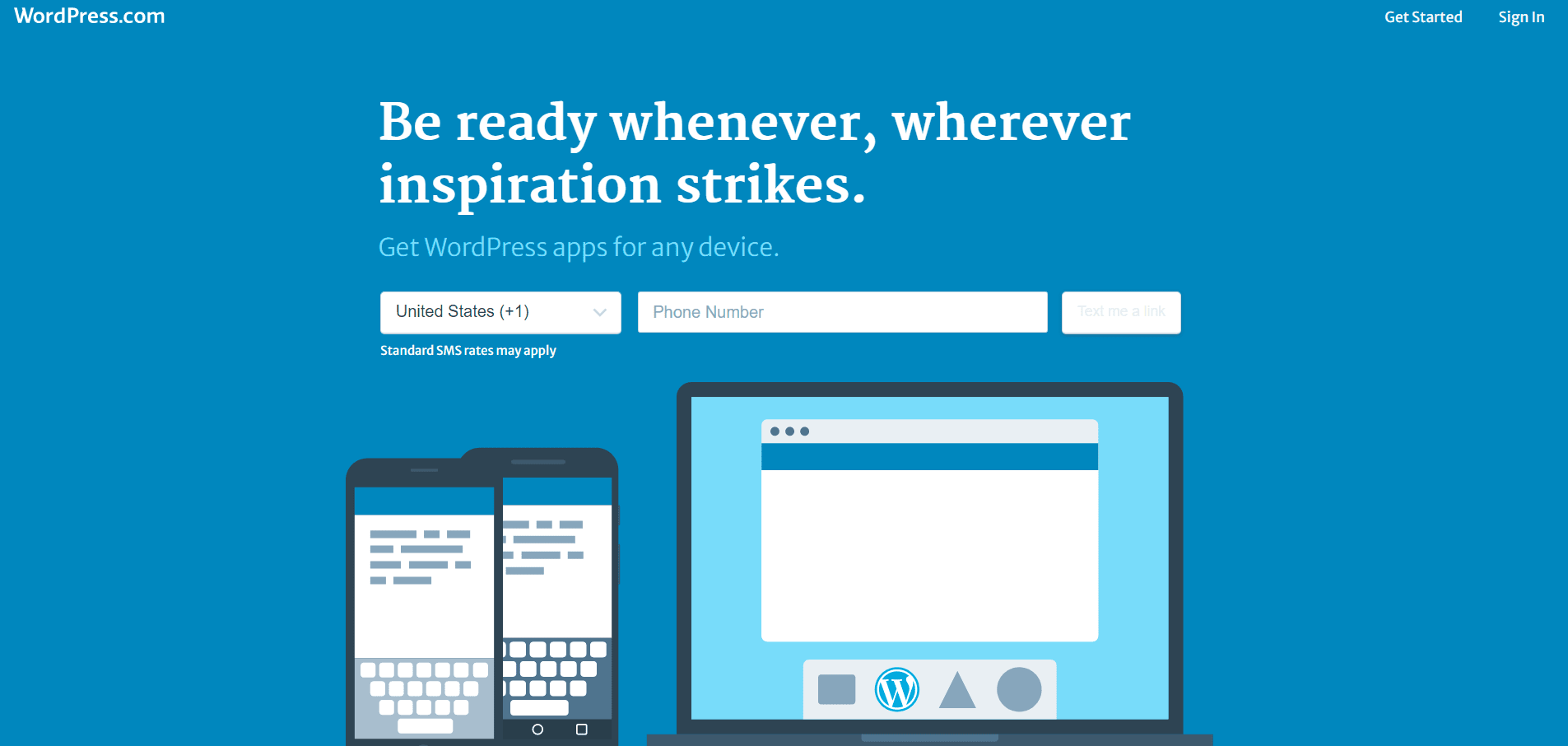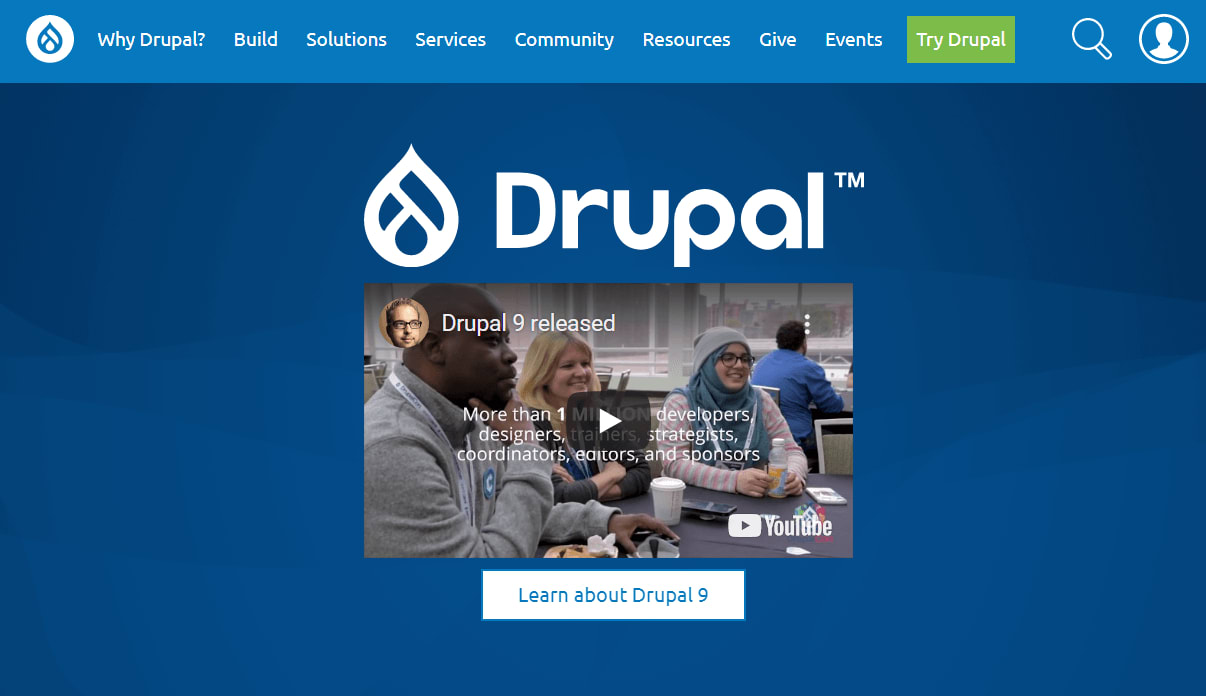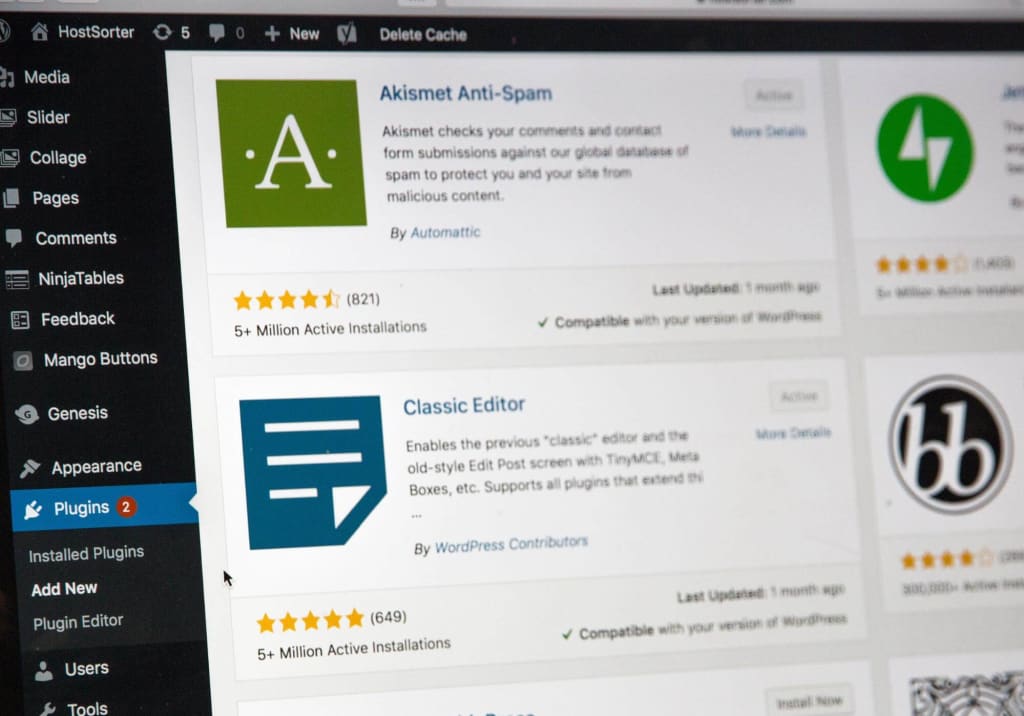To run a successful website, you need good content, but there’s more to it than just jotting down some pretty words.
You also need a quality content management tool to organize, optimize, and display all that shiny content that you’ve spent hours perfecting.
Like the typesetting and binding of a great novel, the right content management tool makes your chicken scratch into something worth reading.But choosing the tool for your business isn’t as simple as it sounds. There are dozens of options out there, each with its own pros and cons for businesses of varying sizes and with different needs.
Your dream content management tool might be a nightmare for someone else, so you’re going to have to do your homework if you want to find the best fit.
In this resource, we’ll break down what a content management tool is, showcase a few of the leading options on the market today, and show you how to combine a content organization tool with a content management tool (yes they’re different) to efficiently publish great content and drive the results you’re looking for.
What is a content management tool?
A content management tool (sometimes called a content management system, or CMS) is a platform for publishing the content on your website.
Using a quality content management tool, you’re able to create and post new content in a visually-appealing, well-formatted, optimized way.
That content, though, isn’t limited. “Content” simply means words, images, videos, and links on a page. As a result, don’t think of a content management tool as being limited to a blogging platform.
The right content management tool is equally necessary to create an entire corporate or ecommerce website as it is for a new Mom to vlog about her experience trying to get her two-year-old to sleep.
Why should you use a content management tool?
A good content management tool can be a quality digital asset. It will make the often arduous task of content publication easier, while also providing aid with product display and content optimization, as well as image hosting and much more.
A content management tool takes care of all that pesky coding work for you, ensuring that you don’t have to type a new line of nonsense everytime you want to indent a paragraph. Simply put, a quality content management tool ensures that you won’t have to pay an expensive web developer every time that you want to update your website content.
A stellar content management tool will also make use of third party plugins that help improve your website. Some plugins will help you optimize for SEO, some add eCommerce functionality to a site, and others will improve your site’s performance.
The best content management tools
We’ve highlighted three quality content management tools here for your review.
No “content management tool” guide can avoid the fact that there’s an elephant in the room for long: The big WP.
WordPress has the lion’s share of the content management tool market. A truly impressive 38.4% of websites on the internet use the WordPress platform, giving it a 63.6% market share in the content management tool universe.
That’s… a lot of websites.
No one else really compares:

But WordPress is far from the only game in town. You also have heavy hitters like Shopify, Drupal, and many many more, extending down the list until the end of time.
By reviewing the leading CMS platforms, you’ll be able to get a better sense of your needs as a business, which will help you make a more informed choice.
WordPress

As we mentioned before, WordPress is the high and mighty undisputed champion of the content management tool world, handling everything from enterprise content management down to web content for small businesses.
WordPress works well for written articles, but it’s not limited to just text. You’ll be able to get use out of the WordPress platform regardless of the content type you’re managing.
Not only is it great at organizing your content, adding new posts, images, videos, social media streams, and more at the click of a button, it also includes a great website maker.
Using WordPress, you can create the website of your dreams, without ever touching a line of code. WordPress offers a variety of pre-made templates which you can customize to your heart’s desire (or not at all).
WordPress was originally designed as a blogging platform. As such, it’s still a great option for companies that want to start a blog. (Note: You absolutely want to blog if you want to rank on a search engine).
The platform can also be used (if somewhat awkwardly) on a mobile device, meaning that you can be managing content while on the go.
WordPress has the largest library of plugins and themes of any content management tool, many of which have been developed by third parties. And there are more released every day.
One of the greatest downsides of WordPress is its extreme popularity. It’s easy to get overwhelmed when shuffling through its vast supply of themes and plugins.
Shopify

Shopify is a popular content management system that allows you to create and manage an online shop to showcase your products and handle all payments with ease.
It’s easy to build your store on the Shopify platform. It utilizes a simple drag and drop interface that anyone could operate. Just take the element that you want to add, drag it to where you want it to appear on the page, and drop it there for all to see.
In an era before Shopify and other content management tools like it, you’d have to hire a web developer to create an online shopping system for you. Needless to say, that was time consuming and very expensive.
With Shopify, you can do it all yourself, with the option to design a custom theme or use a premade template.
You can also install apps and plugins that add additional bells and whistles to the sales process. For example, there’s one app that helps you upsell to customers, while another rewards loyal customers who refer their friends or family members to your store.
It also integrates with monday.com, giving you access to your Shopify site’s email, order numbers, discounts, and much more, all from monday.com’s platform.
Drupal

Drupal lags behind other web content management tools in popularity, but that doesn’t mean it’s bad.
Far from it.
Drupal is an open source tool that will manage your digital content. However, you’re going to need some coding experience to make it work at peak efficiency.
What we have here is a highly customizable tool that offers a lot of flexibility to content creators and teams with a bit of technical know-how.
Drupal comes with advanced user management tools, including a user registration function that will help you run a subscription-based service.
Drupal is also one of the most secure content management options out there, making it an ideal choice for security-conscious businesses.
You can integrate Drupal into monday.com through the third party app Zapier or code the integration yourself using the monday Apps framework.
However, if you want to access the full potential of Drupal, (as we said above) you’re going to need code.
Even some of the most basic content management tasks can be unnecessarily complicated on this platform, at least until you get past the learning curve.
Managing your content management tools
For a content management tool to be useful, it’s going to need some content.
You can plan out your content strategy, organize your product backlog, and create a blogging schedule using a digital workspace like monday.com.
Monday.com integrates with the content management tool of your choice to help you keep track of the content you’ve already produced or plan to produce in the future.

By using monday.com’s content management tool and content planning template, you can spend more time focusing on creating the content that appeals directly to your target audience.
Conclusion
Choosing the right content management tool can improve the organization and personalization of your site. A quality tool will let a content manager customize and extend its functionality to fit with your business’s style and needs.
Any of the three content management tools that we’ve listed here can integrate easily with monday.com. Our content planning template can help you organize content ideas, prioritize production efforts, and keep track of everything your content creator or creators have written or plan to write.
The end result of using content management software is a more efficient and organized website with a wealth of content and a stellar user experience.


